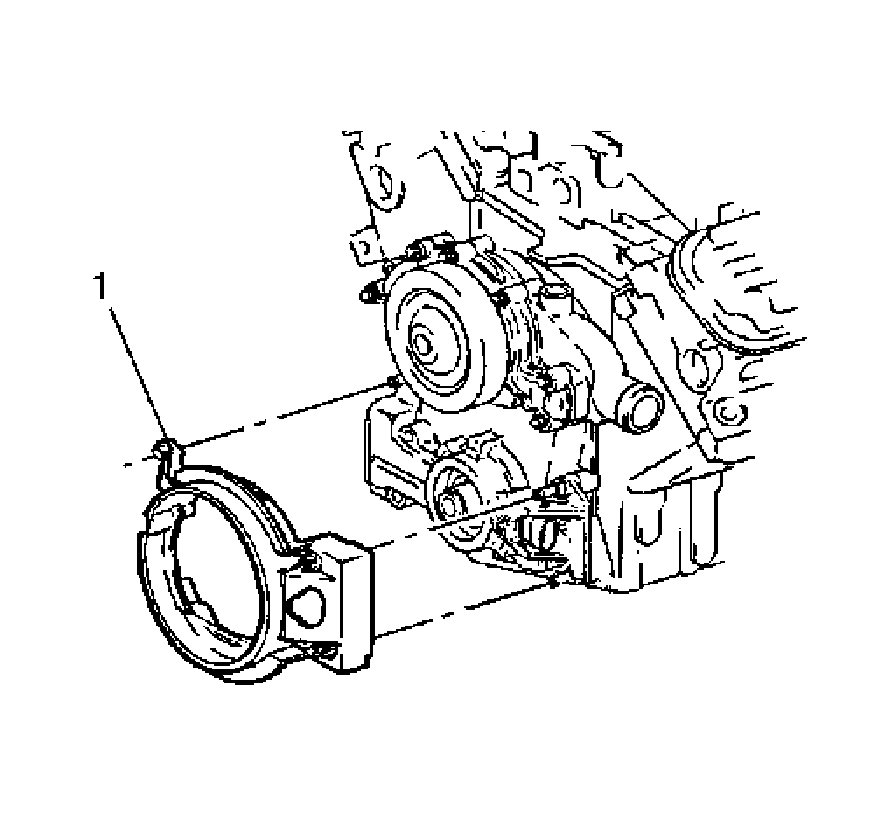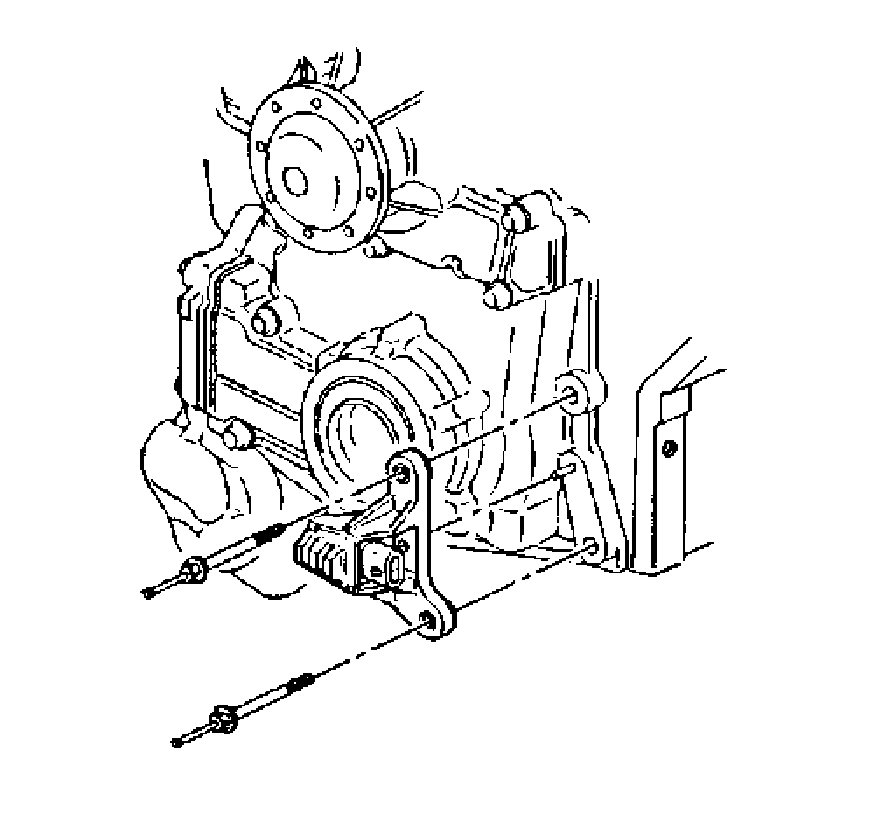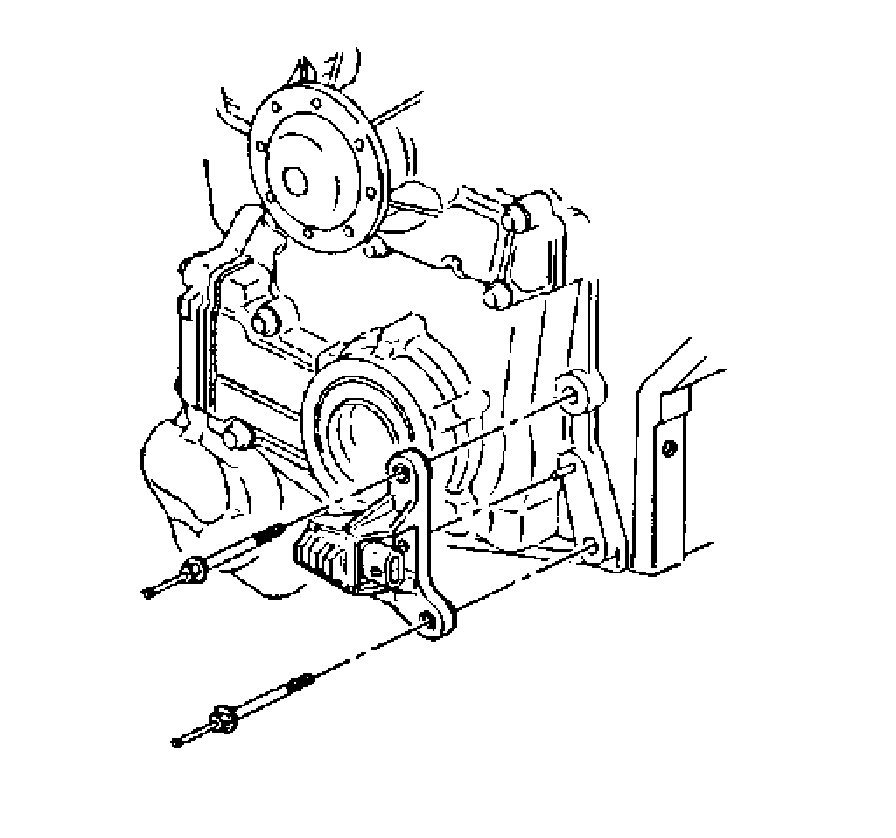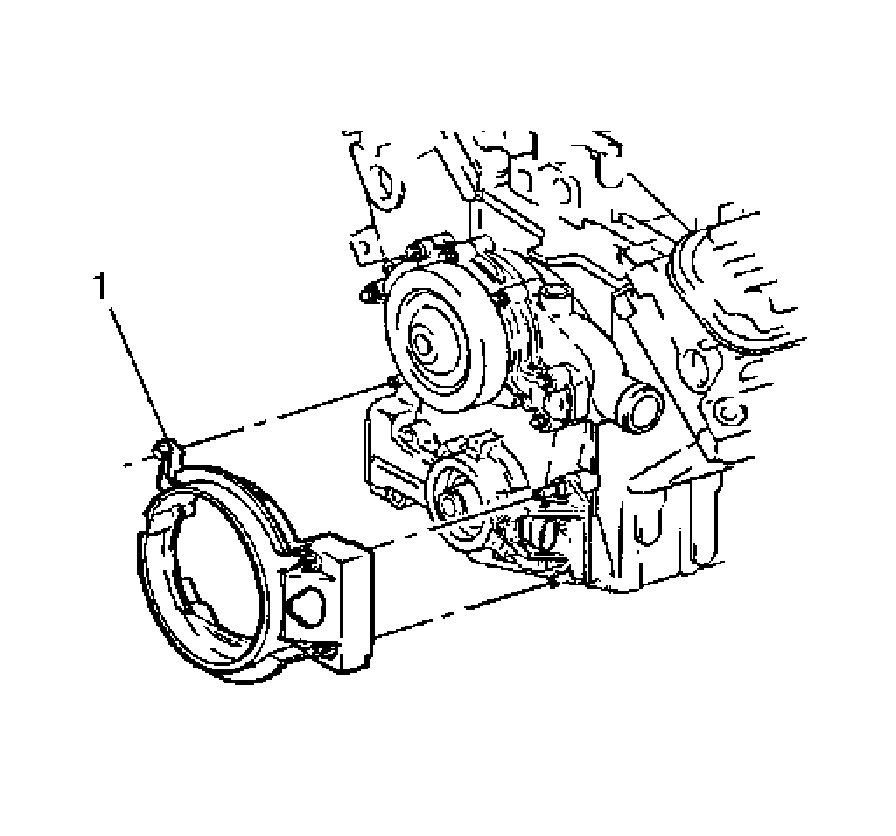Hi and thanks for using 2CarPros.
Since you are smelling fuel, I have a feeling you lost spark. First, check to see if there is spark to the plugs.
https://www.2carpros.com/articles/how-to-test-an-ignition-system
If there is no spark and you have a live data scanner, check to see if there is an RPM signal when the engine is cranking. If none, suspect the sensor.
If you determine the sensor is the problem, here are directions specific to your vehicle for replacement. The relearn process will follow the directions. Note: The attached pictures correlate with these directions.
CRANKSHAFT POSITION (CKP) SENSOR REPLACEMENT
REMOVAL PROCEDURE
1. Disconnect the negative battery cable.
2. Raise and support the vehicle. Refer to Vehicle Lifting.
3. Remove the right splash shield cover.
4. Remove the crankshaft balancer.
See pic 1
5. Disconnect the crankshaft position (CKP) sensor electrical connector.
6. Remove the CKP sensor shield (1).
7. Remove the CKP sensor bolts.
See pic 2
8. Remove the CKP sensor.
INSTALLATION PROCEDURE
See pic 3
1. Position the CKP sensor to the block.
2. Install the CKP sensor bolts.
NOTE: Refer to Fastener Notice in Service Precautions.
Tighten the bolts to 30 N.m (22 lb ft).
See pic 4
3. Install the CKP sensor shield (1).
4. Connect the CKP sensor electrical connector.
5. Install the crankshaft balancer.
6. Install the right splash shield cover.
7. Lower the vehicle.
8. Connect the negative battery cable.
9. Perform the Crankshaft Variation Learn Procedure. See: Vehicle > Programming and Relearning
__________________
Relearn (only perform if needed due to performance)
CKP SYSTEM VARIATION LEARN PROCEDURE
1. Install a scan tool.
2. Monitor the powertrain control module (PCM) for DTCs with a scan tool. If other DTCs are set, except DTC P0315, refer to Diagnostic Trouble Code (DTC) List - Vehicle in Vehicle DTC Information for the applicable DTC.
3. Select the crankshaft position variation learn procedure with a scan tool.
4. The scan tool instructs you to perform the following:
1. Accelerate to wide open throttle (WOT).
2. Release the throttle when fuel cut-off occurs.
3. Observe the fuel cut-off specifications for the applicable engine.
4. The engine should not accelerate beyond the calibrated RPM value.
5. Release the throttle immediately if the value is exceeded.
6. Block the drive wheels.
7. Set the parking brake.
8. DO NOT apply the brake pedal.
9. Cycle the ignition from OFF to ON.
10.Apply and hold the brake pedal.
11.Start and idle the engine.
12.Turn the A/C OFF.
13.The vehicle must remain in Park or Neutral.
14.The scan tool monitors certain component signals to determine if all the conditions are met to continue with the procedure. The scan tool only displays the condition that inhibits the procedure. The scan tool monitors the following components:
- Crankshaft position (CKP) sensors activity-If there is a CKP sensor condition, refer to the applicable DTC.
- Camshaft position (CMP) signal activity-If there is a CMP signal condition, refer to the applicable DTC.
- Engine coolant temperature (ECT)-If the engine coolant temperature is not warm enough, idle the engine until the engine coolant temperature reaches the correct temperature.
5. Enable the crankshaft position system variation learn procedure with the scan tool and perform the following:
1. Accelerate to WOT.
IMPORTANT: While the learn procedure is in progress, release the throttle immediately when the engine starts to decelerate. The engine control is returned to the operator and the engine responds to throttle position after the learn procedure is complete.
2. Release when fuel cut-off occurs.
3. Test in progress.
6. The scan tool displays Learn Status: Learned this ignition. If the scan tool indicates that DTC P0315 ran and passed, the CKP variation learn procedure is complete. If the scan tool indicates DTC P0315 failed or did not run, refer to DTC P0315. If any other DTCs set, refer to Diagnostic Trouble Code (DTC) List - Vehicle in Vehicle DTC Information for the applicable DTC.
7. Turn OFF the ignition for 30 seconds after the learn procedure is completed successfully.
Let me know if this helps or if you have other questions.
Take care,
Joe
Images (Click to make bigger)
SPONSORED LINKS
Saturday, March 6th, 2021 AT 1:02 PM








